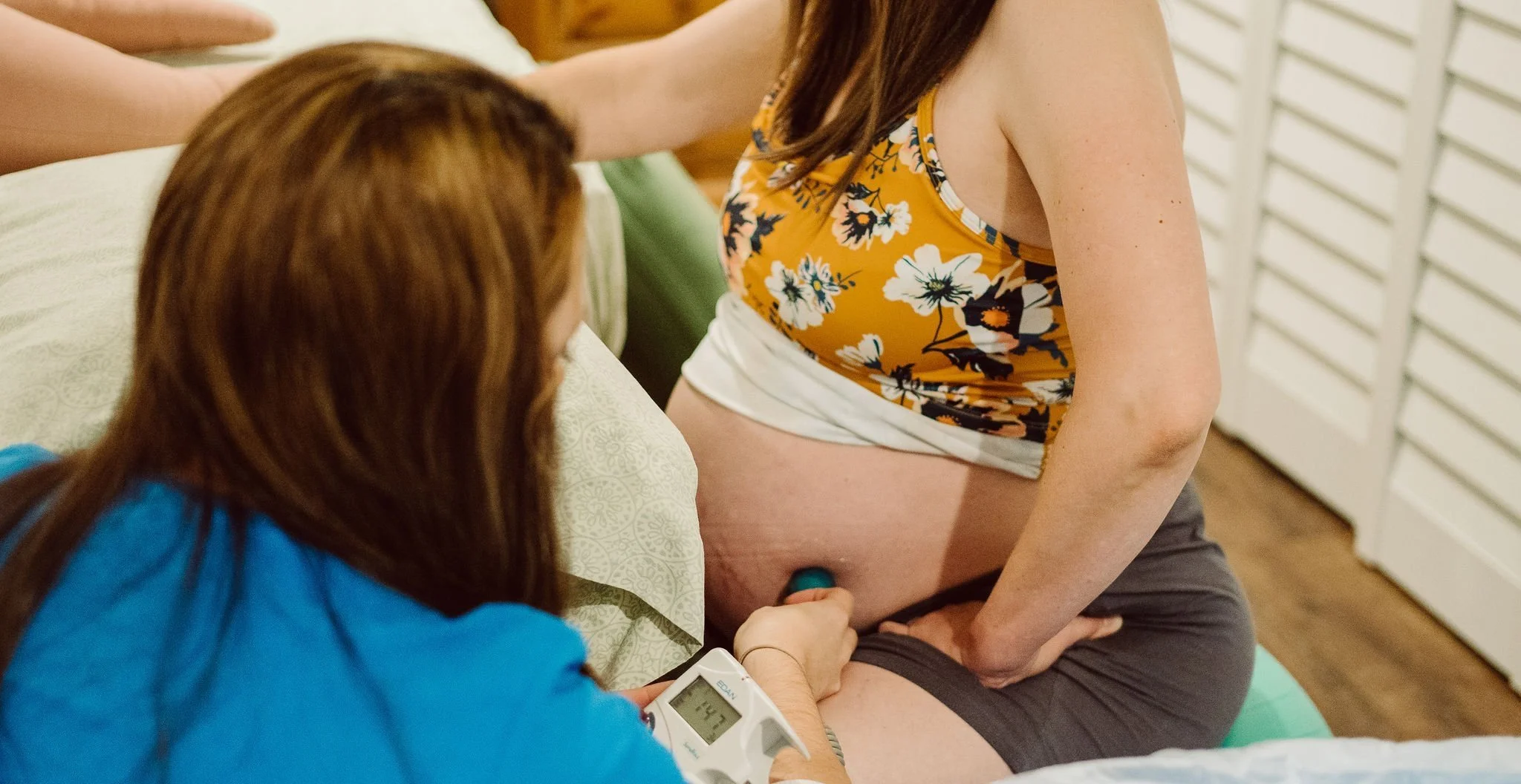
Safety standards
The concern about safety in an out of hospital birth makes sense in a culture where we only hear about births when something goes wrong. What's missing from this narrative are the statistics on planned birth center births with qualified midwives for low-risk pregnancies—which show excellent outcomes with significantly fewer interventions. The key factors are proper screening, qualified providers, and established transfer protocols. Out of hospital birth isn't appropriate for every pregnancy, but for low-risk women, it offers comparable safety with benefits that include lower intervention rates and higher maternal satisfaction.
It starts with the right client.
Safety for out of hospital birth starts with screening for healthy, low-risk clients . This screening process helps us to better understand who is eligible to receive care. Women who have a high-risk pregnancy or a complicated medical condition are unfortunately not eligible for care. These conditions include:
Blood clotting disorders
Twin pregnancy
A history of more than 1 previous cesarean birth*
Less than 18 month interval between last cesarean birth and conception (if the last birth was a cesarean)*
Hypertension
Diabetes
Obesity: BMI of 40 or above
*It is important to understand that there is a 0.5-1% risk of a uterine rupture in subsequent pregnancies following a cesarean birth. We do support clients who want to have a VBAC. We have an informed consent process for reviewing risks/benefits of birth center birth with a history of a previous cesarean birth.
Regular training
All our Certified Nurse Midwives and RN birth assistants receive training on CPR and neonatal resuscitation. We also do mandatory drills and training together as a team for postpartum hemorrhages, newborn resuscitation, shoulder dystocia, and hospital transfers.
We're trained to handle normal pregnancy and birth, recognize complications early, manage many common complications, and collaborate with or refer to physicians when needed. This isn't alternative care—it's specialized care focused on supporting normal physiological processes while ensuring safety.
Supplies and equipment
We have an extensive list of medications, supplies, and equipment to handle complications when they arise. We have the same postpartum medications as the hospital, IV fluids, antibiotics, catheters, oxygen, a bag and mask to resuscitate a baby, and lidocaine with sutures to repair perineal lacerations.
Transfers
We are only located 4 minutes from Carilion Roanoke Memorial Hospital, so when a transfer is needed, we are very close. Only 1-2% of births necessitate an urgent transfer to a local hospital. We coordinate with local EMS responders for a timely and safe ambulance transfer.
As midwives, we're constantly reassessing where you fall on the safety spectrum to ensure our care plan matches your current needs, not just your initial assessment.
Key aspects of safety
-
Our team includes midwives who specialize in caring for healthy, low-risk pregnancies and are trained to respond quickly if complications arise.
-
We follow national best practices and safety guidelines set by organizations like the American Association of Birth Centers and will soon be regularly reviewed for quality, safety, and accountability as we pursue preaccrediation with the CABC.
-
Though birth is a normal life event, we’re fully equipped with emergency supplies and medications — and we maintain clear, practiced transfer plans with nearby hospitals should advanced care ever be needed.
-
Throughout labor and birth, our team carefully monitors you and your baby’s well-being using evidence-based tools, always balancing safety with a natural, family-centered approach.




